In our increasingly connected world, where digital systems power everything from national grids to personal banking, the threat of cyberattacks looms larger than ever. Businesses, governments, and individuals face a constant barrage of sophisticated cyber threats, from ransomware and data breaches to nation-state sponsored espionage. In this complex and dangerous landscape, who stands as the first line of defense, coordinating responses and safeguarding our digital future? Enter CERTs – Computer Emergency Response Teams. These specialized groups are the unsung heroes working tirelessly behind the scenes, acting as guardians of the internet and critical digital infrastructure worldwide. Understanding their vital role is not just for cybersecurity professionals, but for anyone who relies on the internet for daily life and work.
Important Insides
- Specialized Cyber Defenders: CERTs (Computer Emergency Response Teams) are expert groups dedicated to responding to cyberattacks and managing cybersecurity incidents.
- Global Coordination & Intelligence: They play a crucial role in sharing threat intelligence, issuing early warnings, and coordinating responses across borders and different sectors to protect against emerging cyber threats.
- Protecting Critical Infrastructure: CERTs are essential for national security, helping to shield vital services like energy, finance, and healthcare from digital attacks.
- Education and Empowerment: Beyond just responding, CERTs educate organizations and the public, building a stronger, more resilient cybersecurity posture for everyone.
- Not Law Enforcement, But Partners: While not police, CERTs often work closely with law enforcement and other agencies to ensure a comprehensive response to cyber incidents.
The Dawn of Cyber Threats: Why CERTs Became Essential
The internet, once a niche network for researchers, rapidly grew into a global phenomenon. With this growth came amazing opportunities, but also new and dangerous risks. As more systems connected, they became targets for malicious actors. Early viruses and worms, like the infamous Morris Worm in 1988, showed just how vulnerable interconnected systems were and how quickly digital infections could spread.
Back then, there was no central place to report cyber incidents, get advice, or coordinate a defense. Organizations were largely on their own when attacked. This chaos highlighted a critical need for a specialized team that could:
- Coordinate responses to cyberattacks across different organizations and even countries.
- Provide early warnings and advisories about new digital threats and vulnerabilities.
- Support national security by protecting critical infrastructure from digital sabotage.
- Educate and train organizations and individuals on how to be safer online.
It was this urgent need that led to the creation of the very first Computer Emergency Response Team, CERT/CC, at Carnegie Mellon University in the United States, shortly after the Morris Worm incident. This marked the birth of a new era in cybersecurity, where proactive and coordinated defense became possible.
“The internet was a wild frontier, and CERTs were the first sheriffs, bringing order to the chaos of early cyberattacks.”
What Exactly Are CERTs? Unpacking Their Core Mission
At their heart, CERTs (Computer Emergency Response Teams) are dedicated groups of cybersecurity experts. Their main job is to be the central point of contact and coordination for cybersecurity incidents within their area of responsibility – which could be a specific country, a government agency, a particular industry sector, or even a large corporation.
Think of them as the firefighters of the digital world. When a cyberattack happens, they rush in to help put out the fire, investigate what happened, and prevent it from spreading. But they do much more than just respond to emergencies. Their mission is truly comprehensive, covering prevention, detection, response, and recovery. They work to make the internet a safer place for everyone.
The Many Hats of a CERT: Key Functions in Detail
CERTs wear many hats, performing a diverse range of functions that are critical for maintaining cybersecurity resilience. These functions often overlap and work together to create a robust defense system.
Incident Handling and Response
This is perhaps the most well-known function of a CERT. When a cyberattack occurs – whether it’s a ransomware infection, a data breach, or a denial-of-service attack – CERTs are on the front lines. Their role includes:
- Investigation: Understanding how the attack happened, what systems were affected, and what data might have been compromised.
- Containment: Providing guidance on how to stop the attack from spreading further within an organization’s network.
- Eradication: Helping to remove the malicious software or access points attackers used.
- Recovery: Assisting organizations in restoring their systems and data to normal operation, often by helping them remove ransomware or recover from other digital damage.
- Post-Incident Analysis: Learning lessons from the incident to prevent future attacks.
By coordinating these efforts, CERTs significantly help to reduce response time during cyber crises, which can be the difference between a minor disruption and a catastrophic failure.
Threat Intelligence and Analysis
CERTs are constantly watching the global digital landscape. They monitor emerging threats, analyze new attack techniques, and track malicious actors. This involves:
- Collecting Data: Gathering information from various sources, including their own incident responses, public reports, and private intelligence feeds.
- Analyzing Trends: Identifying patterns in cyberattacks, such as popular malware, common vulnerabilities, or new hacking groups.
- Predicting Future Threats: Using their analysis to forecast potential future attacks and advise organizations on how to prepare.
- Sharing Information: Disseminating this vital intelligence to their constituents, helping them stay one step ahead of cybercriminals.
This proactive intelligence gathering is crucial for preventing attacks before they even happen.
Security Advisories and Warnings
One of the most valuable services CERTs provide is issuing timely security advisories and warnings. These are official alerts about newly discovered vulnerabilities in software or hardware, active cyber campaigns, or emerging threats. They also publish best practices to help organizations improve their security posture.
For example, when a critical software flaw is discovered, a CERT will quickly release an advisory detailing the vulnerability, its potential impact, and, most importantly, how to fix it. This often includes guidance on vulnerability patch management and hardening strategies. These advisories are essential for system administrators and CISOs to protect their networks.
Training, Education, and Awareness
Cybersecurity is not just about technology; it’s also about people. CERTs play a huge role in educating individuals and organizations about cyber risks and how to protect themselves. This includes:
- Workshops and Seminars: Conducting training sessions on various cybersecurity topics.
- Cyber Drills and Simulations: Running exercises to test an organization’s ability to respond to a simulated cyberattack, helping them prepare a disaster recovery plan effectively.
- Public Awareness Campaigns: Educating the general public about common cyber scams, phishing, and safe online practices.
- Building a Security Culture: Helping organizations embed cybersecurity into their daily operations and decision-making.
By empowering people with knowledge, CERTs build a stronger human firewall, which is often the weakest link in any security chain.
Policy Support and Framework Development
Many national CERTs advise their governments on cybersecurity policy, laws, and regulations. They contribute their technical expertise to shape national cybersecurity strategies and frameworks. This can involve:
- Developing Standards: Helping to create guidelines and best practices for secure system design and operation.
- Shaping Legislation: Providing input on laws related to data protection, cybercrime, and critical infrastructure security.
- Promoting International Cooperation: Working with other countries to develop common approaches to global cyber challenges.
- Advising on Architectures: Guiding organizations towards robust security models, such as zero trust architecture.
This strategic role helps ensure that national cybersecurity efforts are effective and aligned with the latest technical realities.
CERTs in Action: A Global Network of Defenders
Cyber threats know no borders. A ransomware attack originating in one country can quickly spread to impact organizations across the globe. This reality makes international cooperation among CERTs absolutely essential.
CERTs around the world form a vast, interconnected network, sharing information and coordinating responses to global threats. Organizations like FIRST (Forum of Incident Response and Security Teams) serve as crucial platforms for this international collaboration. Through such forums, CERTs can:
- Share real-time threat intelligence and indicators of compromise.
- Coordinate responses to large-scale, multi-country cyberattacks.
- Develop common tools and methodologies for incident handling.
- Engage in “cyber diplomacy,” building trust and understanding between nations on cybersecurity matters.
“Cyber threats know no borders, and neither do CERTs. Their global network is our collective shield in the digital realm.”
This global collaboration strengthens the collective defense against cyber adversaries, making it harder for them to hide or exploit vulnerabilities across different jurisdictions.
Beyond the Basics: Important Facts About CERTs
To fully appreciate the role of CERTs, it’s important to understand some key facts about how they operate:
- Not Law Enforcement Agencies: While CERTs often work closely with law enforcement agencies (like the police or FBI) to share intelligence and support investigations, they are not police themselves. Their primary focus is on technical response and prevention, not arrests or prosecutions.
- Public Portals for Reporting Incidents: Many national and sector-specific CERTs offer public-facing portals or hotlines where organizations and individuals can report cyber incidents. This allows for centralized reporting and faster coordinated responses.
- Reduce Response Time During Cyber Crises: By providing expert guidance, pre-analyzed threat intelligence, and established communication channels, CERTs significantly reduce the time it takes for affected organizations to detect, contain, and recover from an attack. This speed is critical in minimizing damage.
- Sector-Specific CERTs: In addition to national CERTs (like US-CERT, Cert-EU, or India’s CERT-In), many countries also have CERTs dedicated to specific critical sectors. For example, there might be a FinCERT for the financial industry, a HealthCERT for healthcare, or an EnergyCERT for the energy sector. These specialized teams understand the unique challenges and systems within their industry.
- Key Role in Cyber Diplomacy: CERTs are often at the forefront of international discussions on cybersecurity norms, responsible state behavior in cyberspace, and capacity building in developing nations. Their technical expertise informs diplomatic efforts to promote a stable and secure digital environment.
Here’s a look at some examples of CERTs and their primary focus:
| CERT/CSIRT Name | Country/Region | Primary Focus |
|---|---|---|
| CERT/CC | USA | Global research, incident handling, vulnerability info |
| CISA | USA | Federal civilian agencies, critical infrastructure |
| CERT-In | India | National incident response, advisories |
| GovCERT.ch | Switzerland | Government, critical infrastructure, public |
| ENISA CERT | European Union | EU institutions, cross-border cooperation |
| JPCERT/CC | Japan | Private sector, national coordination |
The Human Element: How CERTs Build Resilience
While technology is crucial in cybersecurity, the human element remains a significant factor. Human error, lack of awareness, or insufficient training can often be the weakest link in an organization’s defense. This is where CERTs truly shine by focusing on building human resilience.
They don’t just tell organizations what to do; they help them understand why it’s important and how to do it. By conducting workshops, providing resources, and promoting best practices, CERTs empower employees, IT staff, and even leadership (including the CISO) to make better security decisions. This focus on human readiness ensures that even the most advanced technical defenses are supported by a knowledgeable and vigilant workforce.
Partnering with CERTs: A Strategic Imperative for Organizations
For Chief Information Security Officers (CISOs) and technical experts, engaging with relevant CERTs is not just good practice; it’s a strategic imperative. Partnering with CERTs can provide organizations with invaluable resources and support:
- Early Warning Systems: Subscribe to CERT advisories and alerts to receive timely information about new threats and vulnerabilities. This allows organizations to patch systems and adjust defenses before they are exploited.
- Incident Response Support: If your organization experiences a cyberattack, contacting your national or sector-specific CERT can provide expert guidance, coordination, and resources for effective cyber incident response.
- Threat Intelligence Sharing: Contribute to and benefit from shared threat intelligence, which helps the entire community stay informed about the latest attack methods.
- Training and Education: Participate in CERT-led training programs and exercises to enhance your team’s skills and readiness.
By actively engaging with CERTs, organizations can significantly strengthen their cybersecurity posture, reduce their risk exposure, and ensure faster, more effective recovery from incidents.
The Future of Cyber Defense: The Evolving Role of CERTs
The cybersecurity landscape is constantly changing, with new technologies introducing new vulnerabilities and new adversaries developing more sophisticated attack methods. CERTs must continuously adapt to these evolving challenges.
Looking ahead, CERTs will need to grapple with:
- AI-Powered Threats: As artificial intelligence becomes more mainstream, attackers will use AI to craft more convincing phishing attacks, automate exploits, and develop advanced malware. This will significantly impact the CISO role and necessitate new detection and response strategies.
- Quantum Computing: The rise of quantum computing could potentially break current encryption standards, requiring CERTs to advise on and transition to new, quantum-resistant cryptographic solutions. This is the new battleground in cybersecurity.
- IoT Security: The explosion of Internet of Things (IoT) devices creates a massive attack surface. CERTs will play a critical role in addressing vulnerabilities in smart devices and critical infrastructure IoT.
- Supply Chain Attacks: As seen with major incidents, attacks on the software supply chain pose a significant threat. CERTs will need to enhance their capabilities in vetting software and hardware components.
Despite these challenges, the core mission of CERTs – to protect, inform, and coordinate – will remain vital. Their ability to adapt, innovate, and foster global collaboration will be key to safeguarding our digital future.
Final Thought
In an age where digital threats are constantly evolving and growing in complexity, CERTs (Computer Emergency Response Teams) stand as indispensable guardians of our interconnected world. From their crucial role in coordinating incident responses and providing vital threat intelligence to their efforts in educating the public and advising governments on cybersecurity policy, CERTs are the backbone of a resilient digital infrastructure. They are not just responders but also proactive defenders, educators, and international collaborators. For technical experts and CISOs, understanding and engaging with CERTs is paramount to building robust defenses and navigating the ever-changing landscape of cyber warfare. As we venture further into the digital future, the global network of CERTs will remain our collective shield, ensuring the safety and stability of the internet for generations to come.
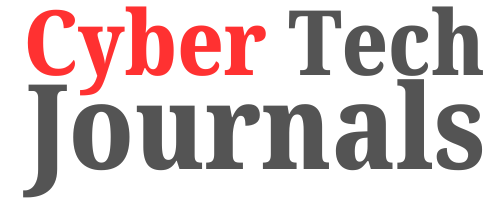
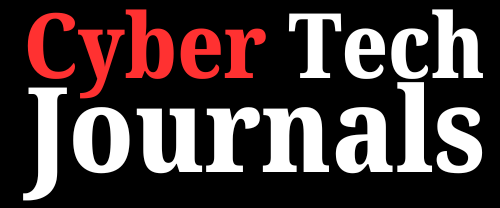



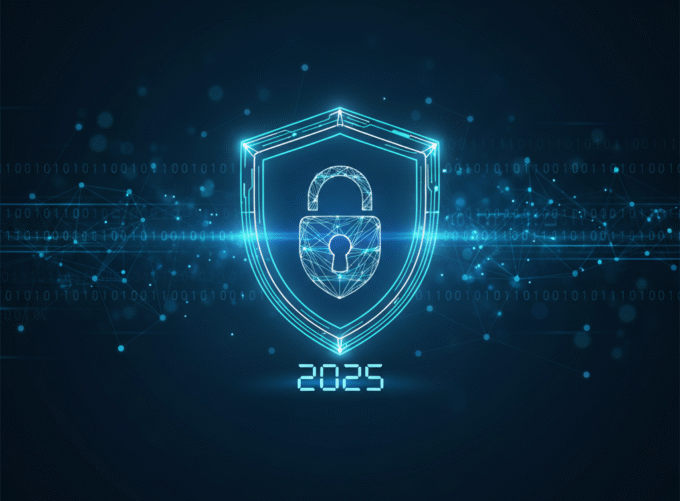


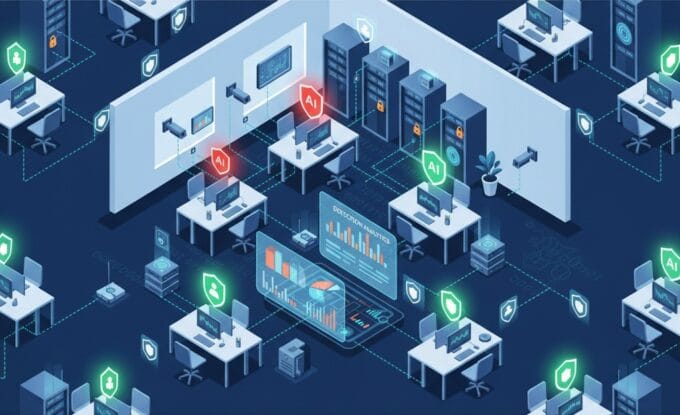

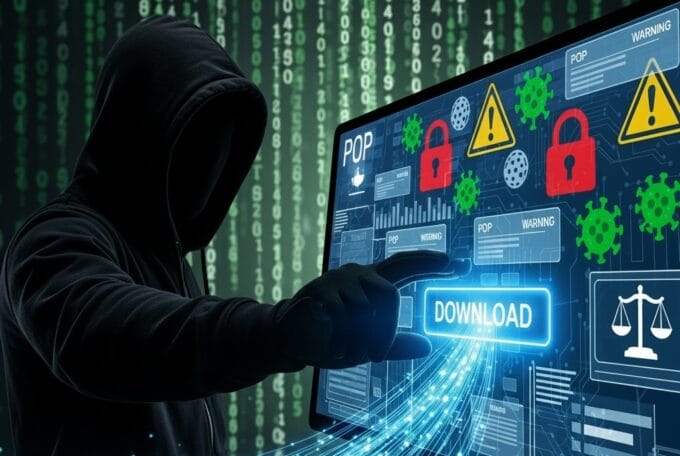


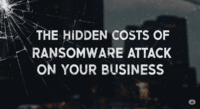


Leave a comment